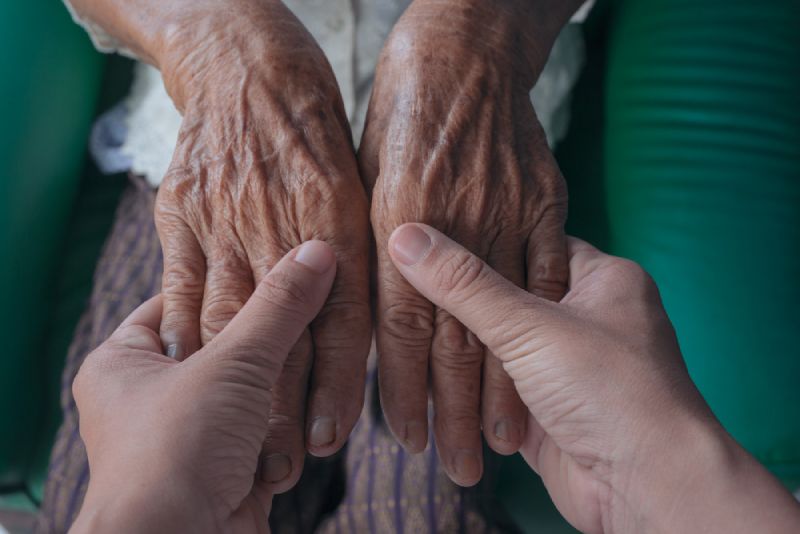
Arthritis and gout are indeed related, as they both belong to a broad category of conditions known as rheumatic diseases. These diseases are characterized by inflammation that affects the connective tissues, particularly the joints. However, it’s essential to understand that arthritis and gout are different in terms of their causes, symptoms, and treatment approaches.
The Relationship between Arthritis and Gout
Arthritis is an umbrella term that describes over 100 conditions resulting in joint pain or joint disease, the most common types being osteoarthritis and rheumatoid arthritis. Gout, on the other hand, is a specific form of arthritis. It is caused by an excess of uric acid in the bloodstream, which can lead to the formation of urate crystals in the joints, causing severe inflammation and pain.
“While arthritis and gout are related, they present distinct characteristics and should be understood and treated as unique conditions.”
How Can You Tell the Difference between Gout and Arthritis?
Distinguishing between gout and other forms of arthritis can sometimes be challenging due to overlapping symptoms. However, there are some distinctive signs and symptoms that can help in differentiating these conditions.
Symptoms of Gout
- Sudden and severe joint pain: Gout usually affects one joint at a time (often the big toe joint), with the pain often starting at night and being severe enough to wake a person from sleep.
- Redness, swelling, and warmth: The affected joint becomes red, swollen, warm, and extremely sensitive to touch.
- Lingering discomfort: After the most severe pain subsides, some joint discomfort may last from a few days to a few weeks.
Symptoms of Arthritis
- Gradual joint discomfort: In contrast to gout, osteoarthritis typically presents with a slow onset of joint pain that worsens over time.
- Joint stiffness: People with arthritis often experience joint stiffness, especially upon waking up or after periods of inactivity.
- Swelling and warmth: Similar to gout, arthritis may also cause joint swelling and warmth.
- Multiple joint involvement: Unlike gout, rheumatoid arthritis often affects multiple joints simultaneously.
Is Arthritis Worse than Gout?
Comparing the severity of arthritis and gout isn’t straightforward. Both conditions can range from mild to severe and can significantly impact the quality of life.
Severity of Arthritis
Arthritis, particularly rheumatoid arthritis, can cause chronic pain, limit daily activities, and lead to permanent joint changes. It can also affect other systems in the body, leading to complications like heart disease and lung disease.
Severity of Gout
Gout attacks can cause severe pain that often strikes suddenly. If not managed properly, gout can lead to chronic gouty arthritis, a condition causing permanent damage to the joints and sometimes to the kidneys.
“The severity of both arthritis and gout largely depends on the individual’s health status, the management of the condition, and the presence of other underlying health conditions.”
Does Gout Turn into Rheumatoid Arthritis?
Gout does not directly turn into rheumatoid arthritis; they are distinct conditions with different causes. However, if left untreated, gout can lead to chronic gouty arthritis, a type of arthritis characterized by frequent and prolonged attacks that may affect more than one joint.
How is Gout a Form of Arthritis?
Gout is considered a form of arthritis because it shares the fundamental characteristic of all arthritic conditions – inflammation of the joints. However, the cause of this inflammation in gout is unique.
The Mechanism of Gout
Gout occurs due to the buildup of uric acid, a waste product circulating in the bloodstream. When uric acid levels become too high, either due to increased production or reduced elimination by the kidneys, it can form sharp, needle-like urate crystals in a joint or the surrounding tissue. This results in intense pain, inflammation, and swelling – the hallmarks of a gout attack.
Common Features of Arthritic Conditions
Despite the diverse types and causes of arthritis, most arthritic conditions, including gout, share some common features:
- Inflammation: All types of arthritis involve some degree of inflammation in the joints.
- Joint pain: Pain in the affected joint(s) is a common feature, although the intensity and duration of pain may vary.
- Reduced range of motion: In many cases, arthritis can limit the joint’s range of motion and impair function.
- Joint stiffness: Many people with arthritis experience stiffness in the affected joint(s), especially upon waking up or after periods of inactivity.
In conclusion, while arthritis and gout are related as types of rheumatic diseases, they are distinct in their causes, symptoms, and treatment approaches. Understanding these differences is crucial in managing these conditions effectively and maintaining a good quality of life.
Article by Dr. Naveen Bhadauria



